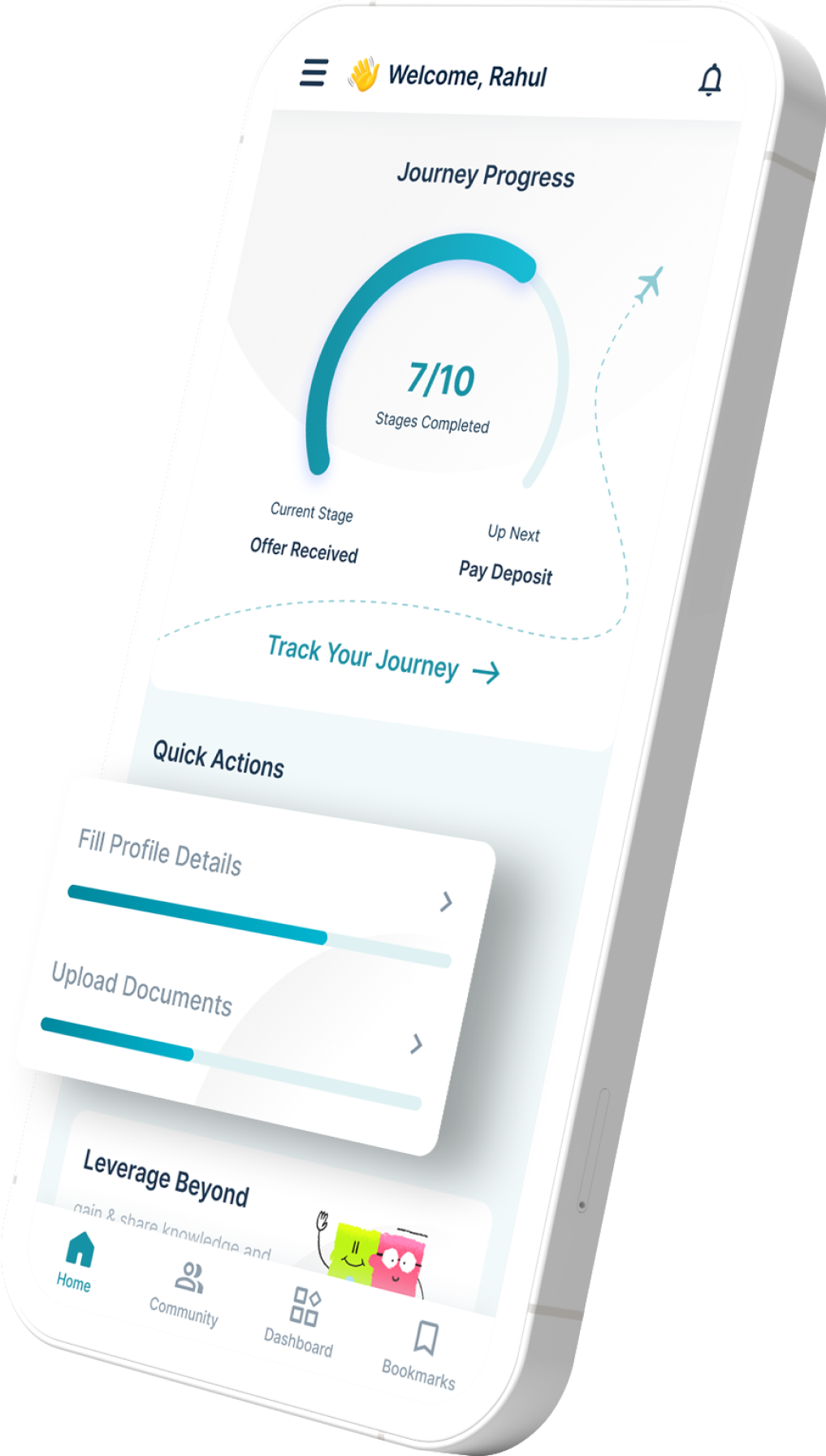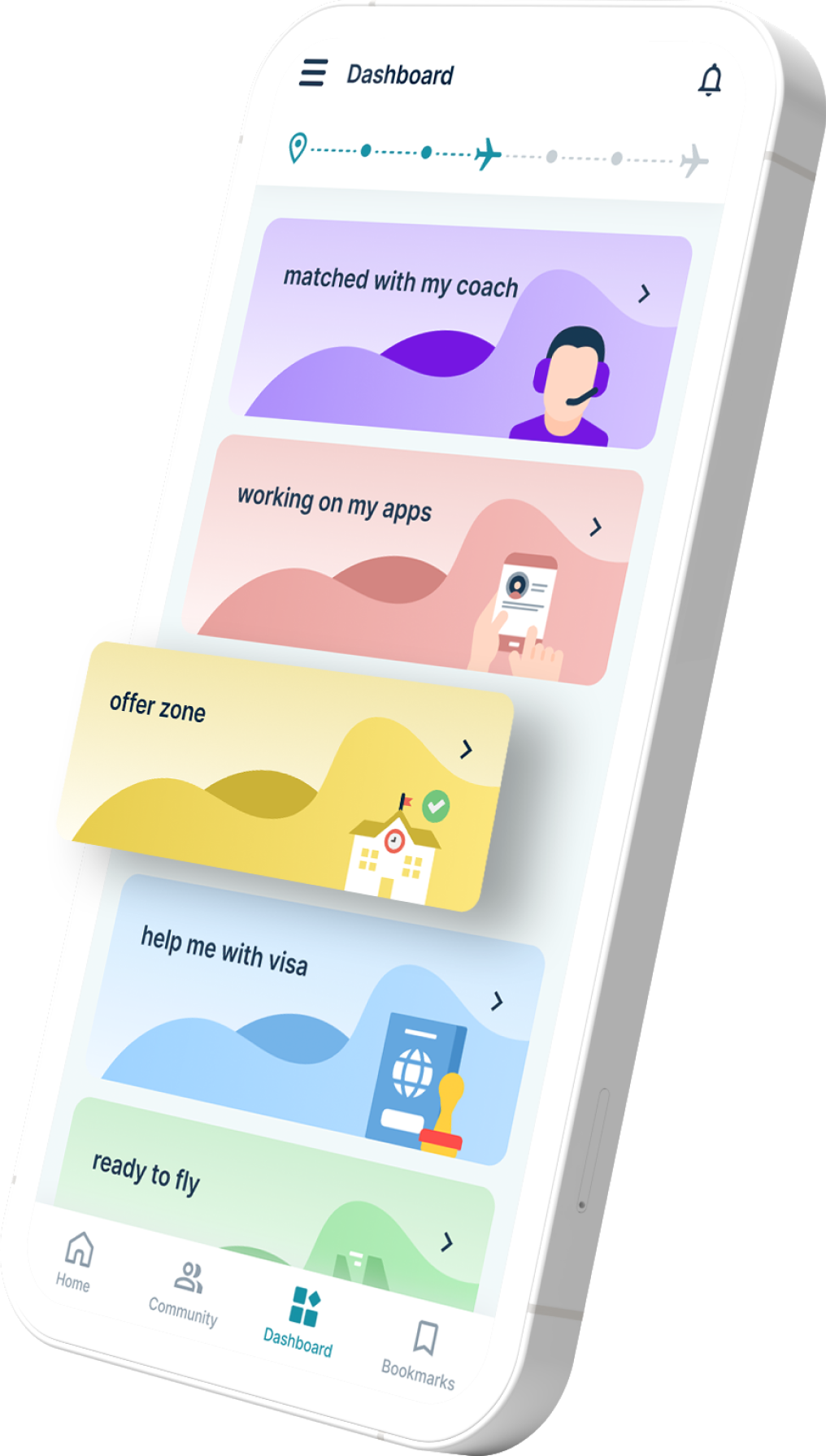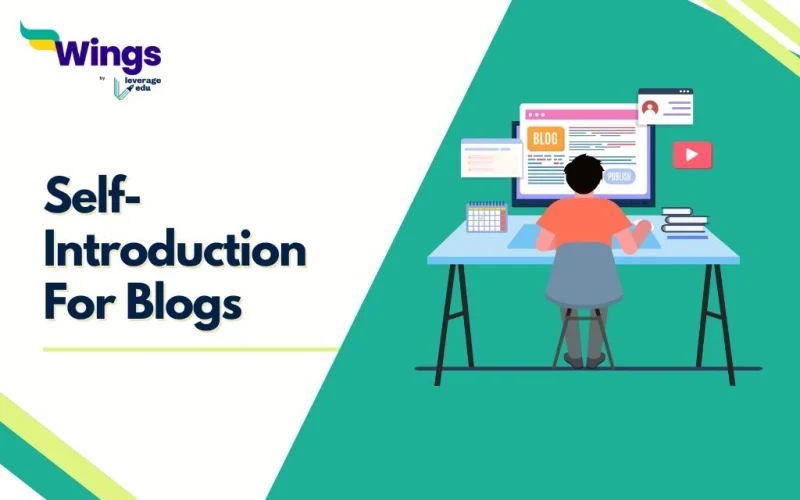When it comes to starting a blog, one of the most important things you need to do is to introduce yourself to your readers. Your self-introduction can set the tone for your blog and help your readers connect with you. It’s your chance to establish credibility, showcase your personality, and create a memorable first impression.
But how do you write a self-introduction for your blog that does all these things? In this blog post, we’ll take you through the process step by step. We will also provide you with some best samples, you can get help with.
This Blog Includes:
Why a Strong Self-Introduction Matters?
A strong self-introduction is crucial for your blog because it’s your first chance to make a connection with your readers. Think of it as the digital equivalent of a firm handshake and a warm smile. Here’s why it matters:
- First Impressions Matter: In the online world, you have mere seconds to grab someone’s attention. A compelling self-introduction can pique their interest and encourage them to stick around.
- Building Trust and Credibility: By sharing a bit about yourself, your expertise, and your passion, you build trust with your audience. They’re more likely to engage with your content if they feel like they know you.
- Engaging Your Audience: A well-crafted introduction can spark curiosity and make readers want to learn more about you and what you have to offer. It’s an invitation to explore your blog and become a part of your community.
- Setting the Tone: Your introduction sets the stage for your entire blog. It gives readers a sense of your personality, your writing style, and the kind of content they can expect.
In essence, your self-introduction is your digital “hello.” It’s your opportunity to make a positive first impression, build connections, and establish yourself as a credible voice in your niche. Sources and related content
Also Read: Meaning of Self Introduction
Elements of Compelling Self-Introduction Blogs
When writing compelling self-introduction blogs, one needs to include some of the basic information which will make your blog stand out from others. Following are the steps which one should follow:
Step 1: Identify Your Audience
Before you start writing your self-introduction, it’s important to know who you’re writing for. Who is your target audience? What are their interests? What are they looking for when they visit your blog? Knowing your audience will help you craft a self-introduction that resonates with them and makes them want to keep reading.
Step 2: Decide on Your Tone
Once you know your audience, it’s time to decide on the tone of your self-introduction. Do you want to come across as professional and authoritative? Or do you want to be more casual and relatable? Your tone should match your audience and the overall theme of your blog. Remember, your self-introduction sets the tone for the rest of your blog, so choose your words carefully.
Step 3: Keep It Short and Sweet
Your self-introduction should be concise and to the point. Your readers don’t want to read a lengthy biography. Stick to the essentials: who you are, what you do, and why you’re starting a blog. Keep it under 300 words if possible.
Step 4: Highlight Your Expertise
If you are starting a blog in a specific niche or industry, your readers will want to know that you’re knowledgeable and experienced. Use your self-introduction to highlight your expertise and credentials. This will help establish your credibility and make your readers more likely to trust your advice and insights.
Step 5: Show Your Personality
It’s very important to be professional and authoritative, don’t forget to show your real personality in your self-introduction. This will make you more relatable and help you connect with your readers on a personal level. Share any personal fact, quote you like or any fun thing about you. This will make it more memorable and engaging.
Step 6: Include a CTA
Lastly, do not forget to include a CTA in your self-introduction. Encourage your readers to subscribe to your blog, follow you on social media, like and comment. This will help you build a relationship with your readers and create a community.
Also Read: How to Ace Your Self-Introduction in Interview
Tips for Writing an Effective Self-Introduction
Here are the following tips for writing an effective self-introduction for blogs:
Concise & Engaging: Short, impactful, strong verbs.
Conversational Tone: Friendly, like talking to a reader.
Show Personality: Inject your unique style.
Reader-Focused: What value do you offer them?
Call to Action: Tell readers what to do (subscribe, etc.).
Proofread: Make sure that there are no typos in the blog!
Readable: Short paragraphs, headings, white space.
Also Read: Different Types of Self Introduction
Samples For Some Self-Introduction To Your Blog
Refer to these samples and make something personalized with a personal thought of yourself:
Sample 1
Hello and welcome to my blog! My name is Neha and I’m a freelance writer and content creator based in New Delhi. I started this blog as a way to share my views and experiences in the world of freelance writing and to connect with other writers, As a writer, I have experience of 2 years and I have worked with clients of different industries like Edtech, healthcare, Advertising etc. When I am not writing, you can find me exploring the city, trying new food or reading. Thank you for visiting my blog.
Sample 2
Hello and Welcome, my name is Maria and I am a travel enthusiast with a passion for exploring new places and cultures. I started this blog to share my experience, tips and recommendations about fellow travellers. When I am not travelling, you can find me practising yoga, reading book, or trying out new recipes in the kitchen. I am excited to share my travel adventures with you and inspire you to explore the world around you.
Explore more blogs on Self-introduction here!
FAQs
You should include a brief introduction for yourself, your background and experience in the topic of your blog, your purpose for creating the blog and any interesting facts or hobbies you have.
There’s no strict word count, but aim for concise and impactful. Think short paragraphs, around 100-200 words. Focus on grabbing attention and highlighting key information rather than writing a lengthy bio. Readers should get a good sense of who you are and what your blog is about quickly.
This depends on the tone and style of your writing. If your blog is very professional, keep the language formal. If the blog is more casual and fun, keep it informal.
For more such blogs and the latest on Interview Preparation, Careers and more, follow the Leverage Edu website and YouTube channel.
 One app for all your study abroad needs
One app for all your study abroad needs















 60,000+ students trusted us with their dreams. Take the first step today!
60,000+ students trusted us with their dreams. Take the first step today!

